One of the great challenges and memorable moments witnessed in The National WWII Museum was when My Gal Sal, a B-17E bomber, was lifted into the air and suspended in history for future generations to visit—and remember the spirit of the time and nation she represents.
In June 1942 while flying to Britain as part of the Allied buildup in preparation for war against Nazi Germany, the plane and her 10-man crew were forced to make an emergency landing on an ice cap in Greenland. The crew was rescued after cutting off the propeller blades with a hacksaw to run an engine to power the radio and thus signal an SOS, but the plane remained on the ice cap for better than 50 years before being rescued. Brought to New Orleans in pieces in 2013, a restored My Gal Sal faced final assembly on the floor of US Freedom Pavilion: The Boeing Center. But the truth is the floor assembly was incomplete—My Gal Sal would not truly be whole until part of her left wingspan was reattached as she hung in midair.
The problem was that My Gal Sal’s complete 104-foot wingspan could not clear a observation catwalk on the mezzanine level of the pavilion that was built to allow visitors a closer look. So the engineers would have to lift the fuselage of the plane with the right wing intact but the left wing missing a piece—and thus imperfectly balanced— into place above the catwalk and then reattach the rest of the left wing.
So on December 14, 2012, the Museum staff gathered along the walls of the pavilion to watch the operation. Seen in this first gallery of photographs is My Gal Sal in straps, suspended above the ground and prepared for lift, with the section of her left wing clearly visible and suspended overhead; the plane beginning to be lifted; the plane being tilted to navigate around the mezzanine catwalk; and the Museum’s cofounder and then-President & CEO Gordon H. “Nick” Mueller, PhD, along with our current President & CEO Stephen Watson photographing My Gal Sal’s rise (both no doubt with bated breath).
Once the clipped left wing cleared the viewing walkway, the engineers lowered the suspended piece of wing into place and went about reattaching it. In this gallery of photos, My Gal Sal is in place above the catwalk with the clipped wing clearly visible; in the next photo, engineers on top of the left wing maneuver the missing piece into place; then another engineering crew on a lift assists in attaching the wing from beneath; and finally, My Gal Sal can be seen with her left wing now intact and stretching across the catwalk.
Many visitors have commented to me over the past five years that seeing a real B-17 bomber from World War II was something they would never forget, but I am hoping that these few photographs might add to their memories by giving them an inside look at what it took to make their visit to My Gal Sal happen. Certainly no one who witnessed the aircraft’s ascension that day in the pavilion is likely to forget it. However, there was one other exhibit in the pavilion that was an even greater challenge—and even more memorable experience—for me, and which I will describe in detail in the next several posts.
Note: This is the second of two related posts. View part one here.
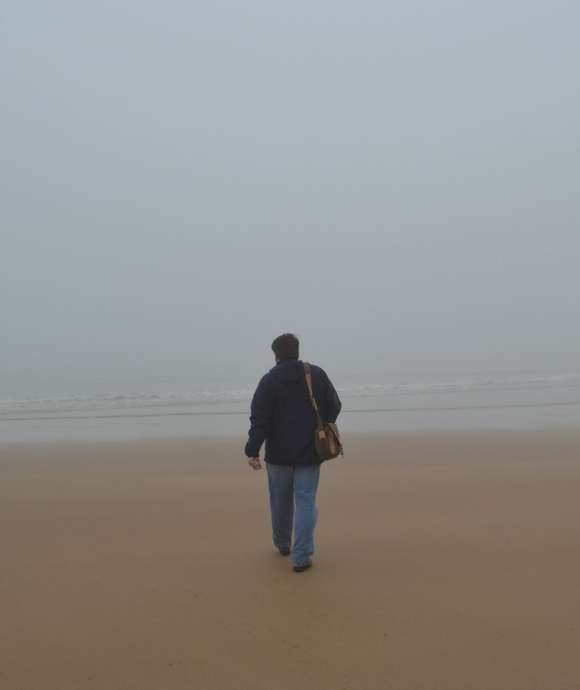
"No matter one’s age, travel is a unique and exciting educational experience. In my work, I have had the opportunity to reflect on history, events, and people in the places where they experienced life. Through the viewfinder, we can not only find history and perspective, but create memory, and evoke our evergreen past."
– Keith Huxen, PhD, Senior Director of Research and History, The National WWII Museum
Keith Huxen
Keith is the former Senior Director of Research and History in the Institute for the Study of War and Democracy at The National WWII Museum.
Cite this article:
MLA Citation:
APA Citation:
Chicago Style Citation:
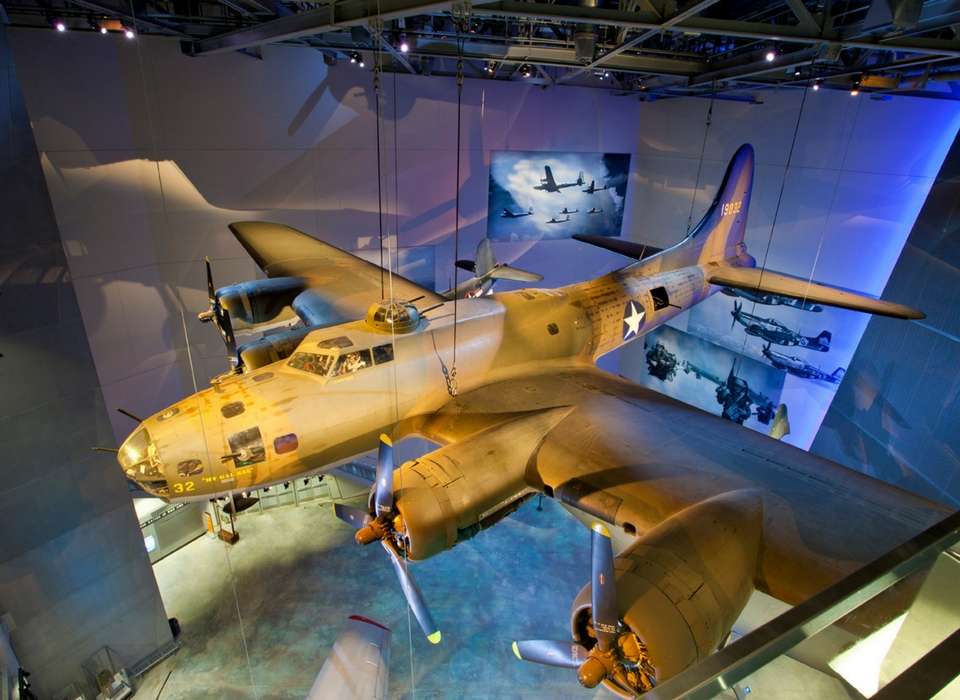
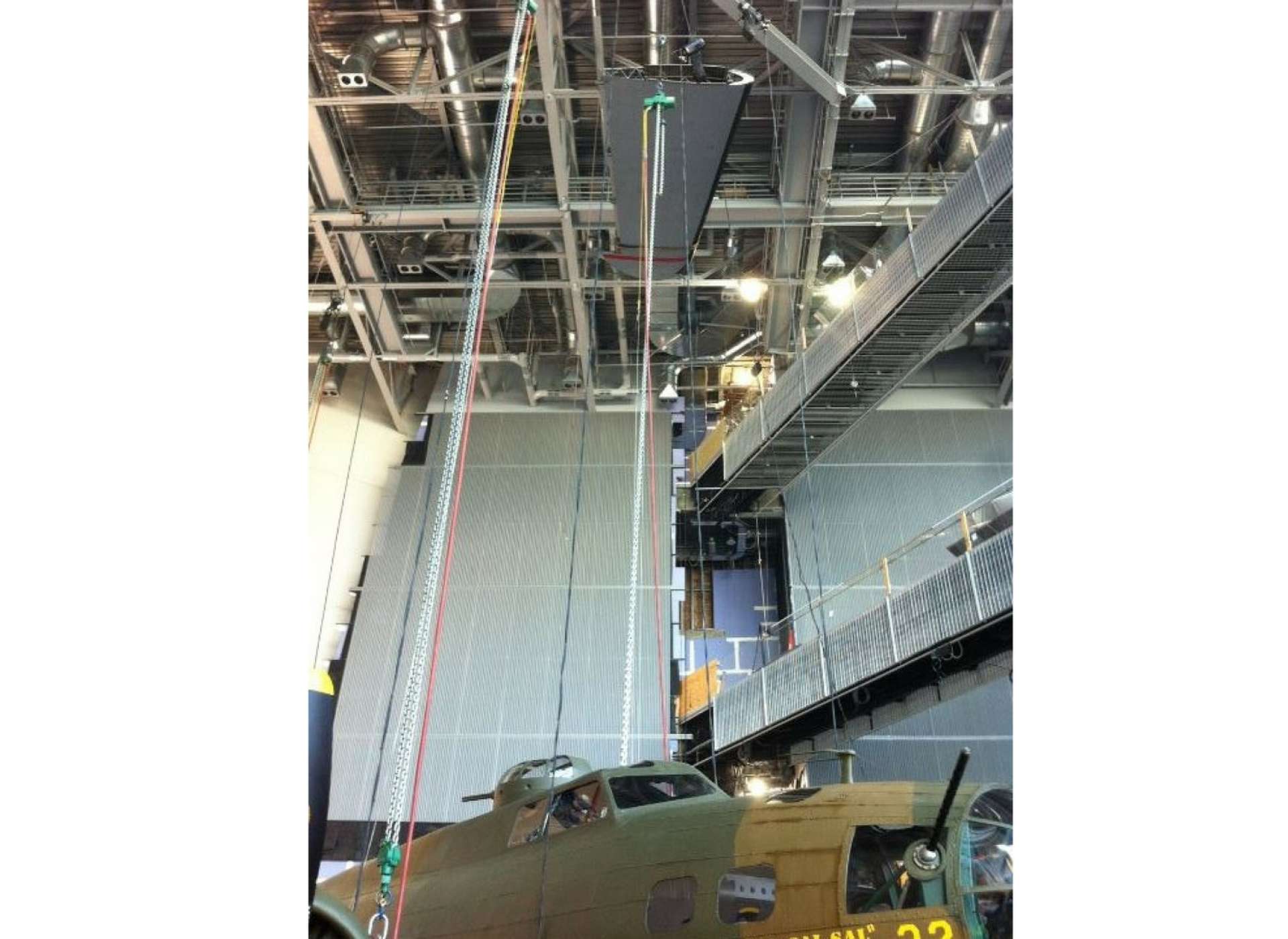
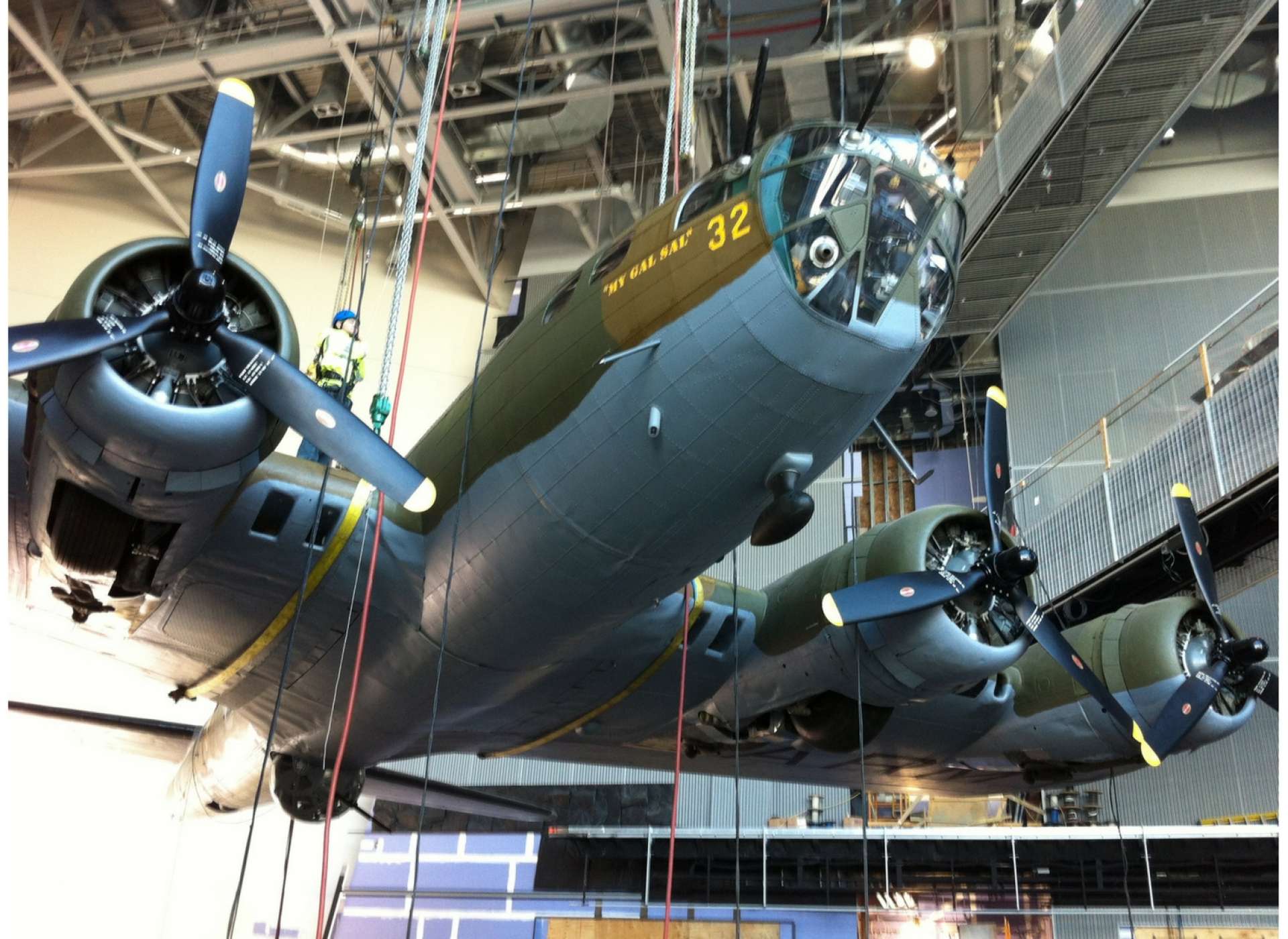
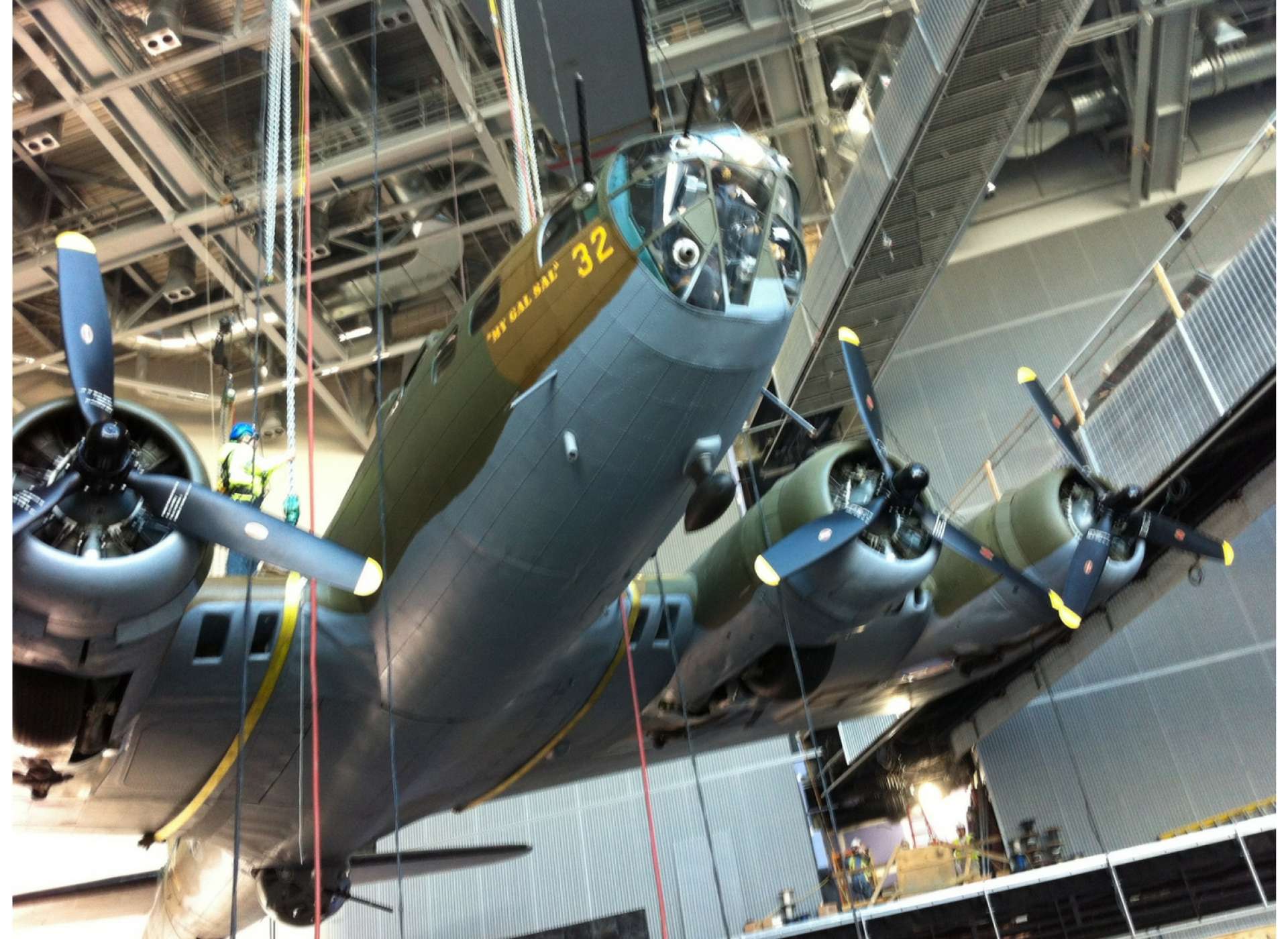
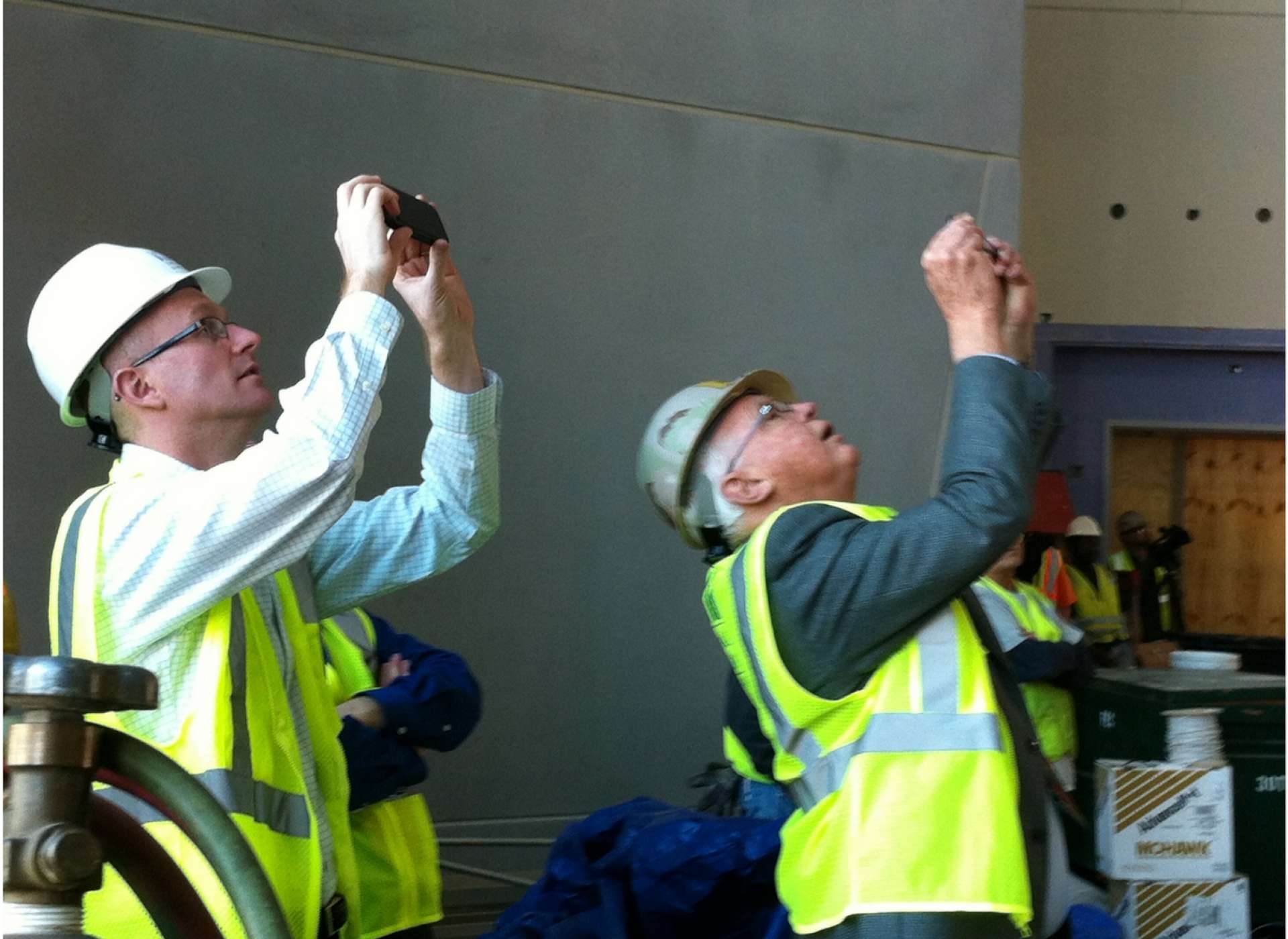
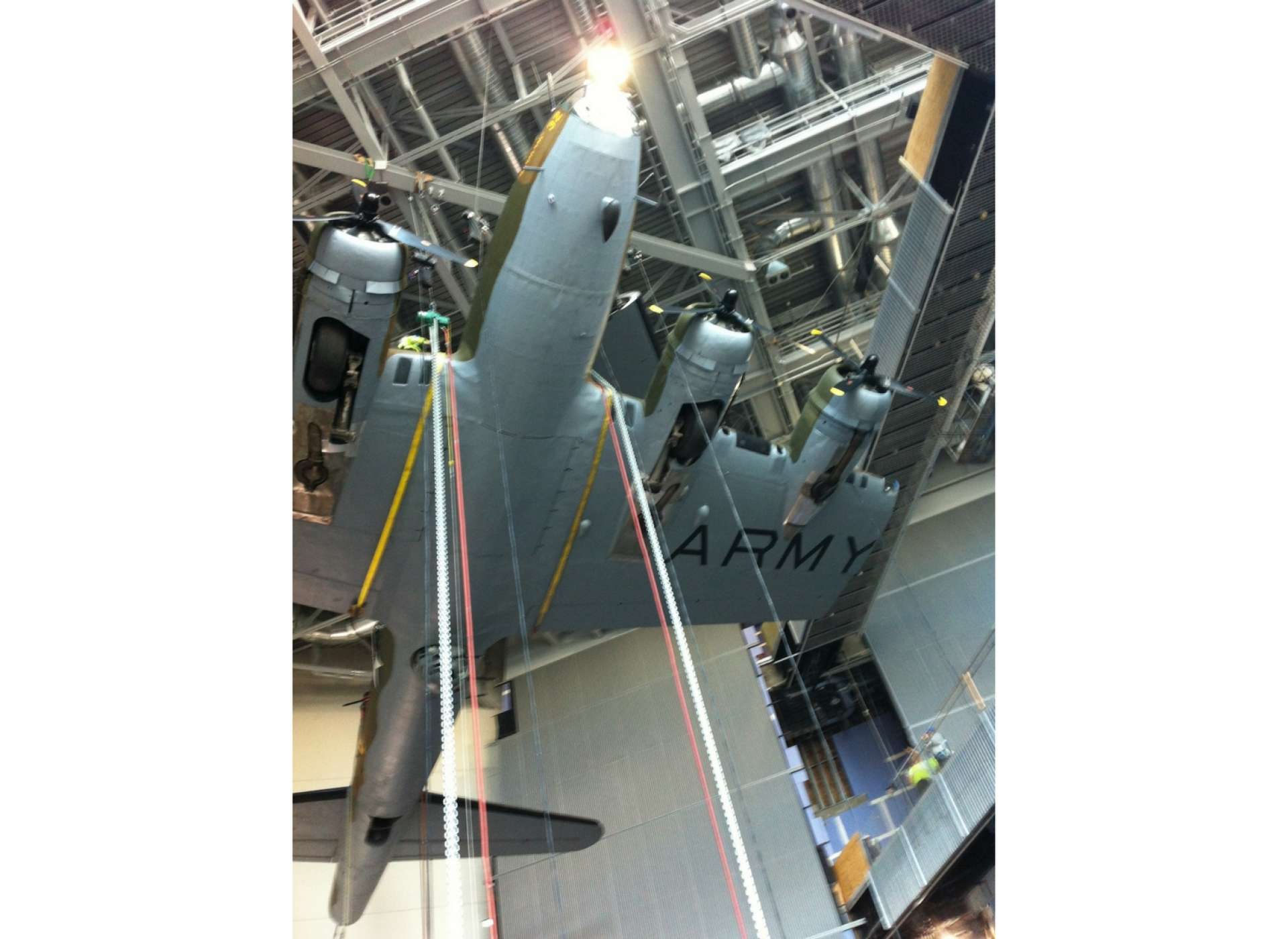
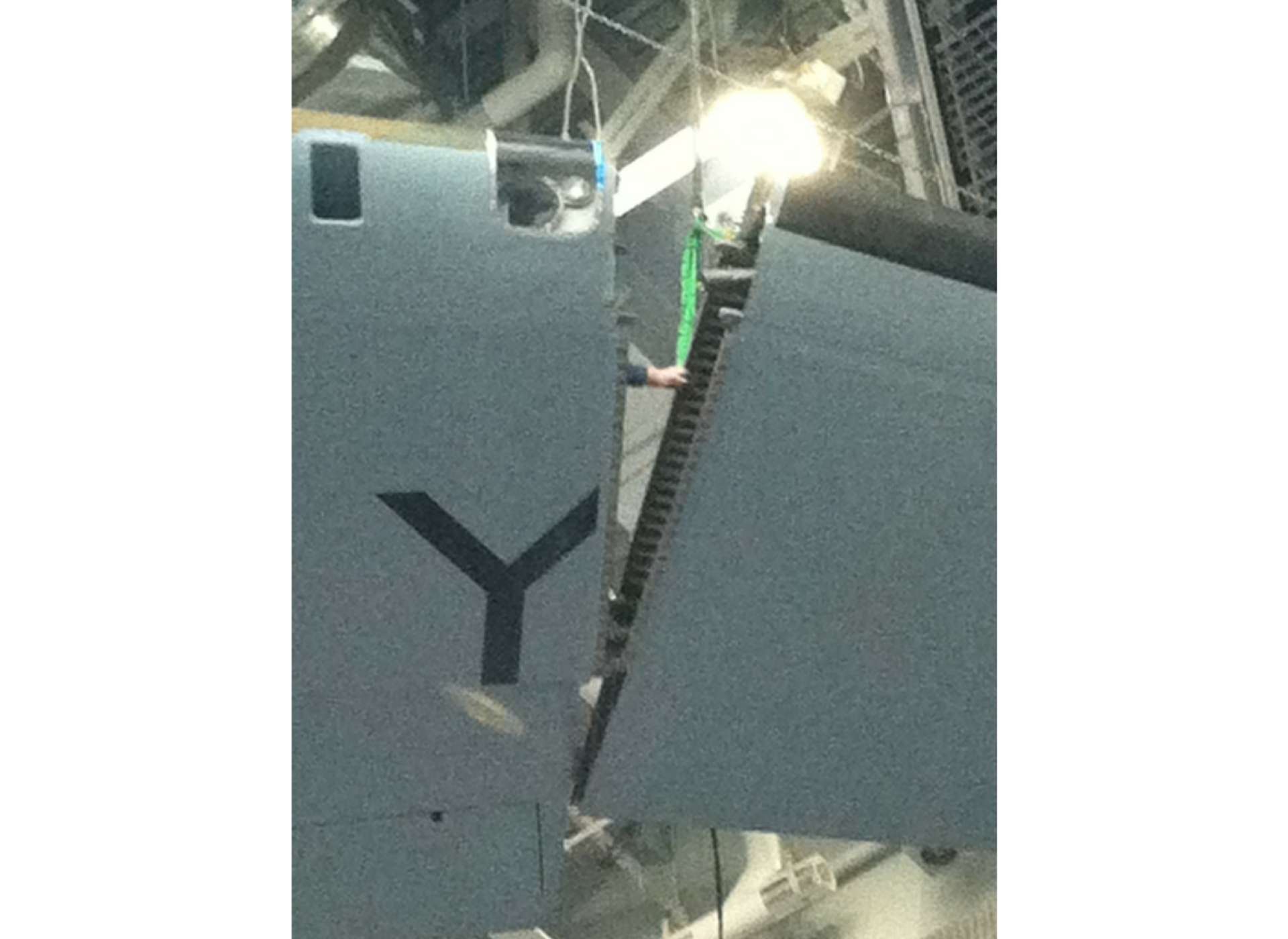
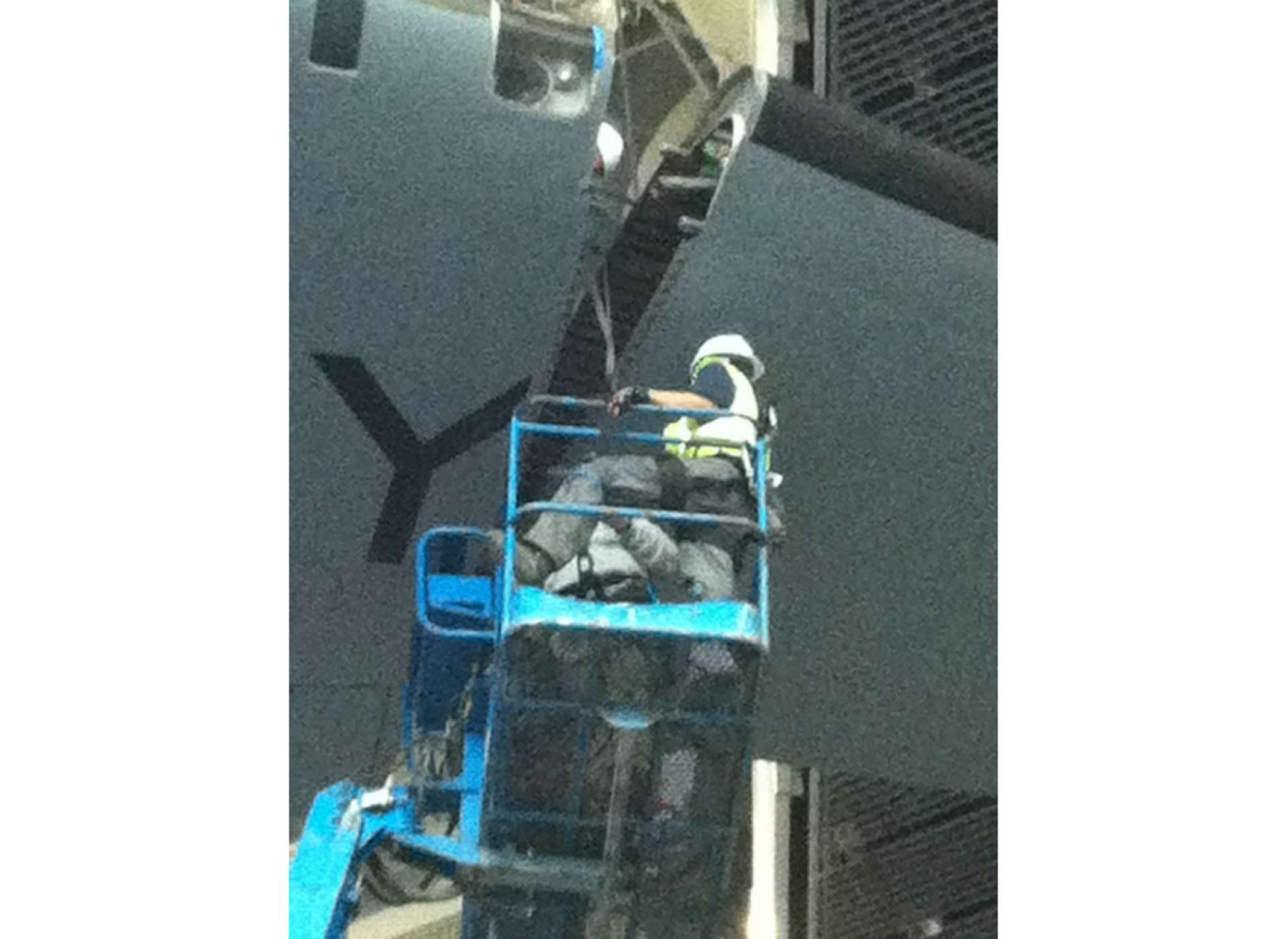
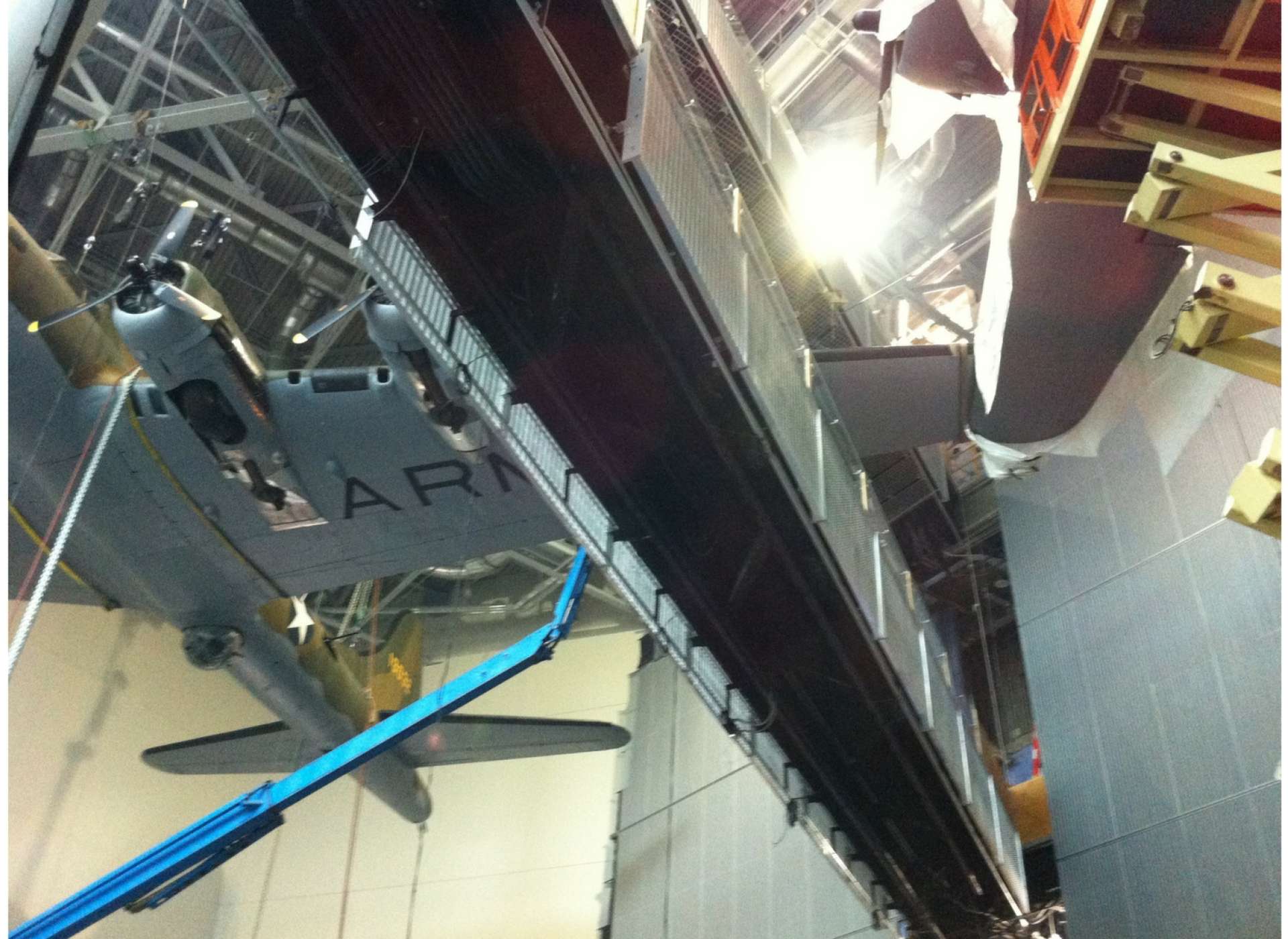

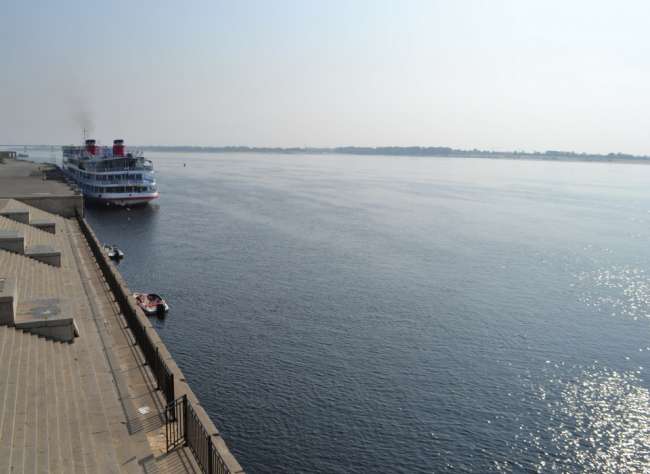
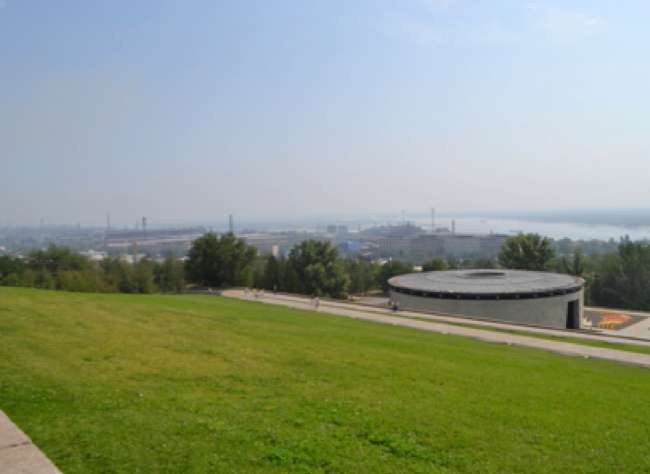




![Max Fuchs, New York City cantor, sings as Rabbi Sydney [sic] Lefkowitz, Richmond, VA, conducts the first Jewish services from Germany.](/sites/default/files/styles/max_650x650/public/2025-10/image1.jpg)



